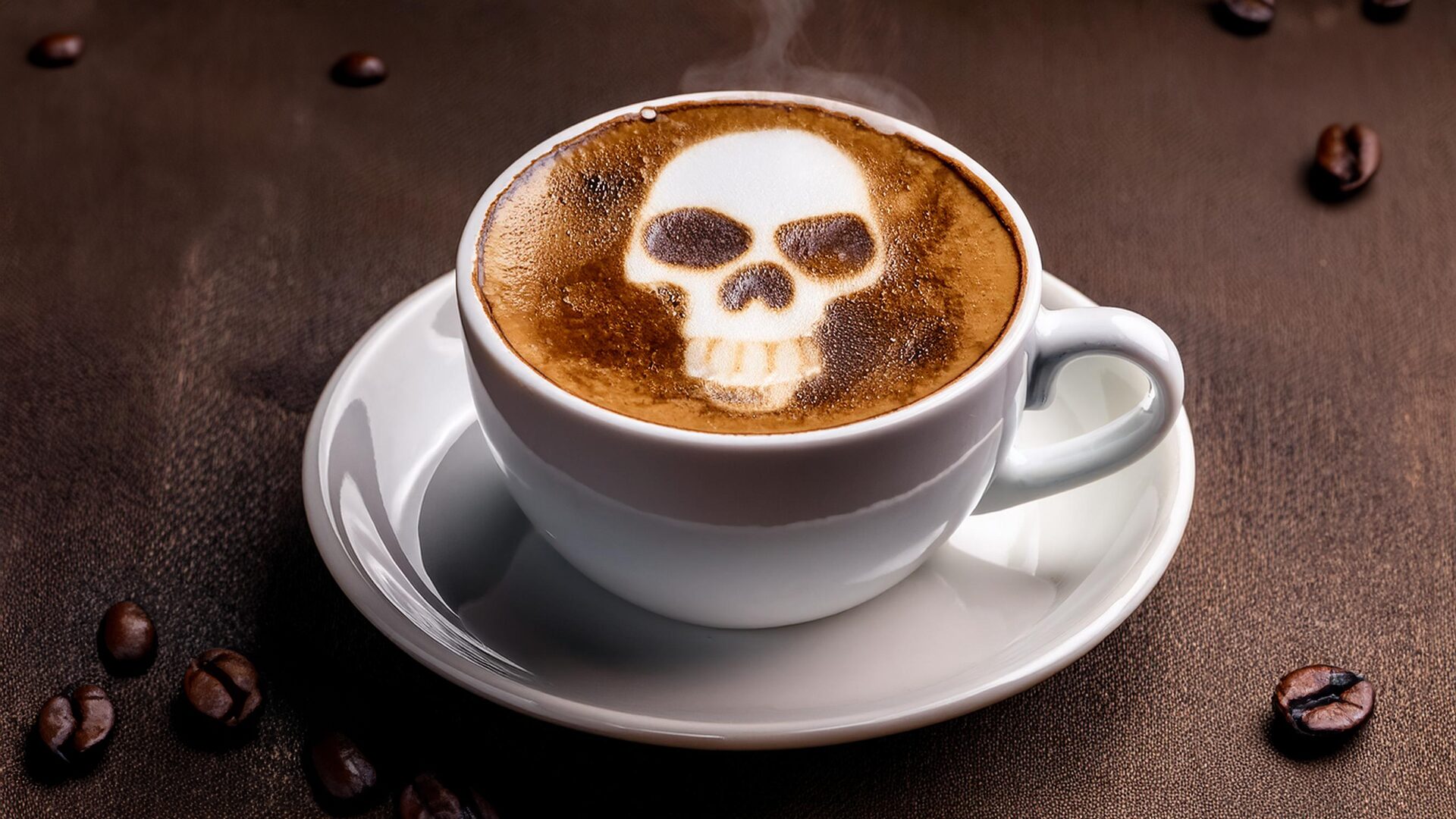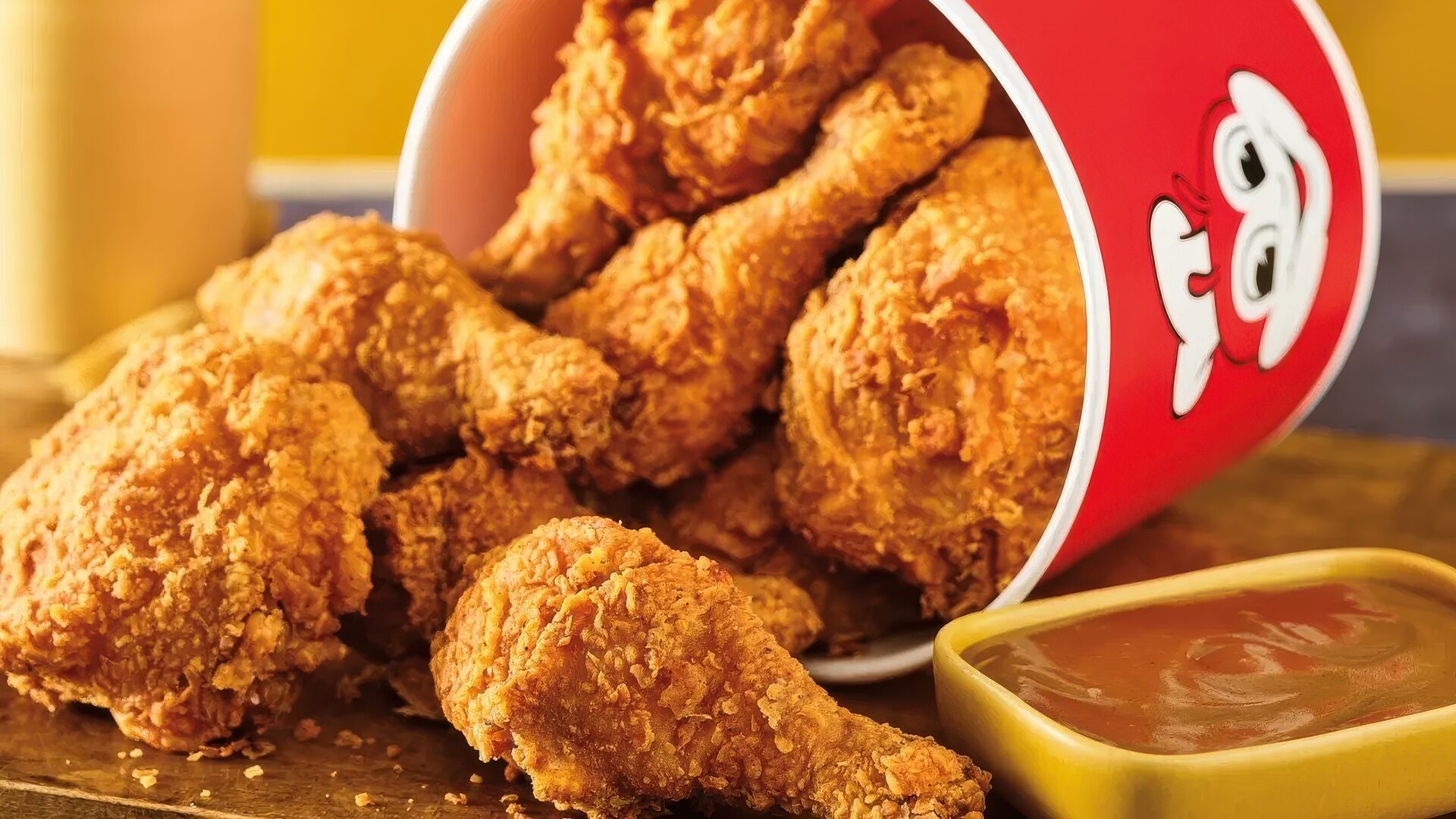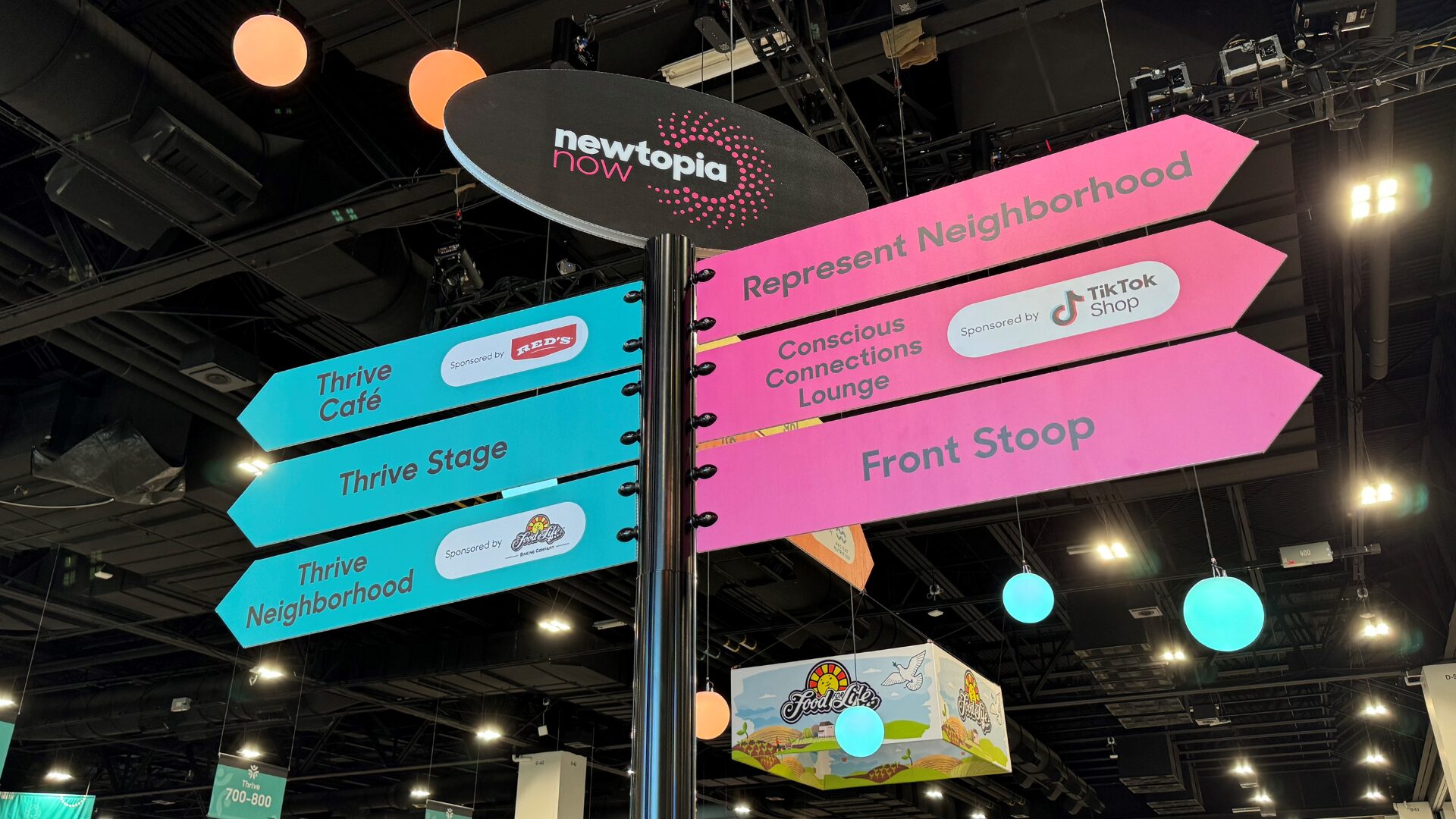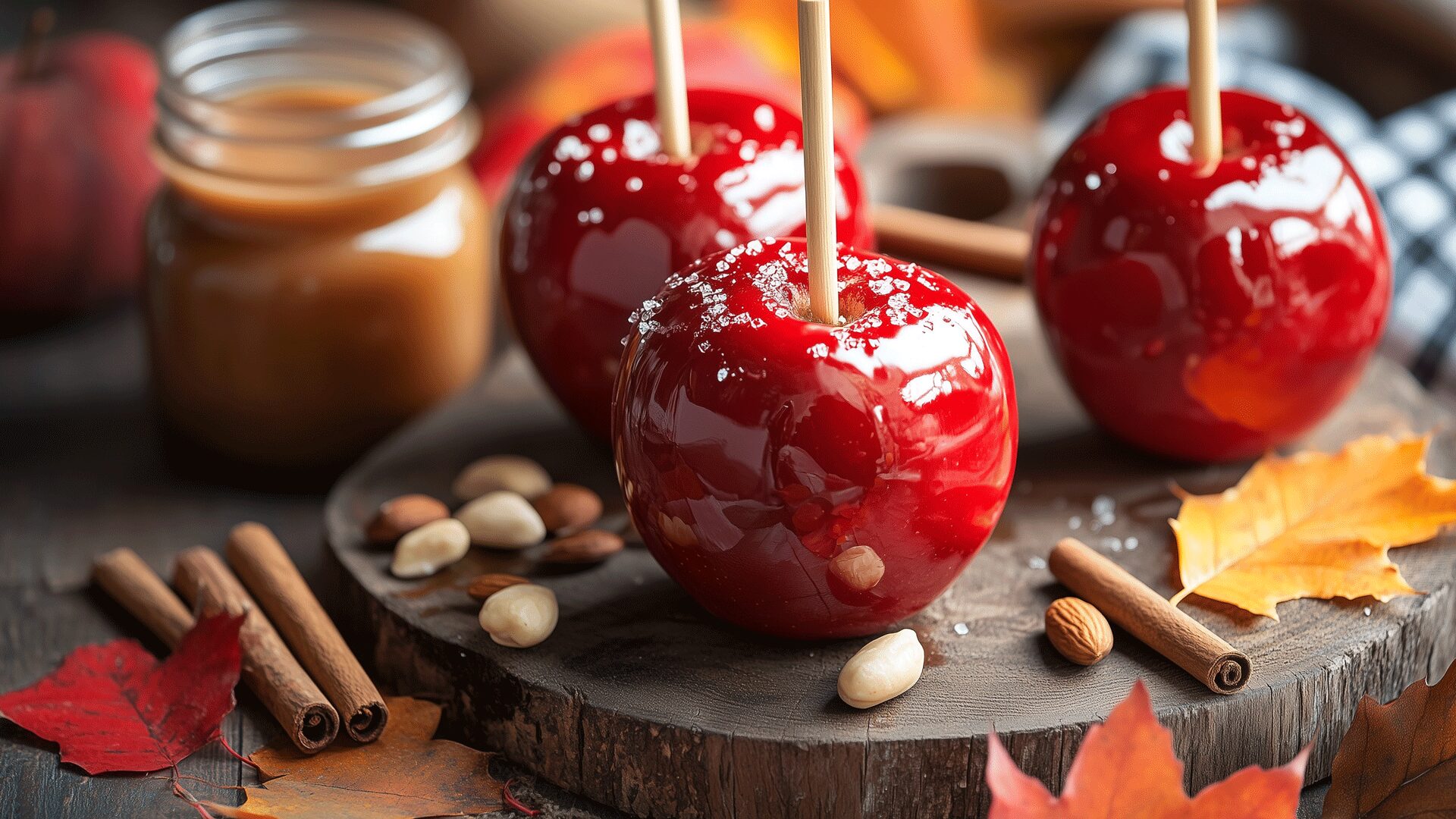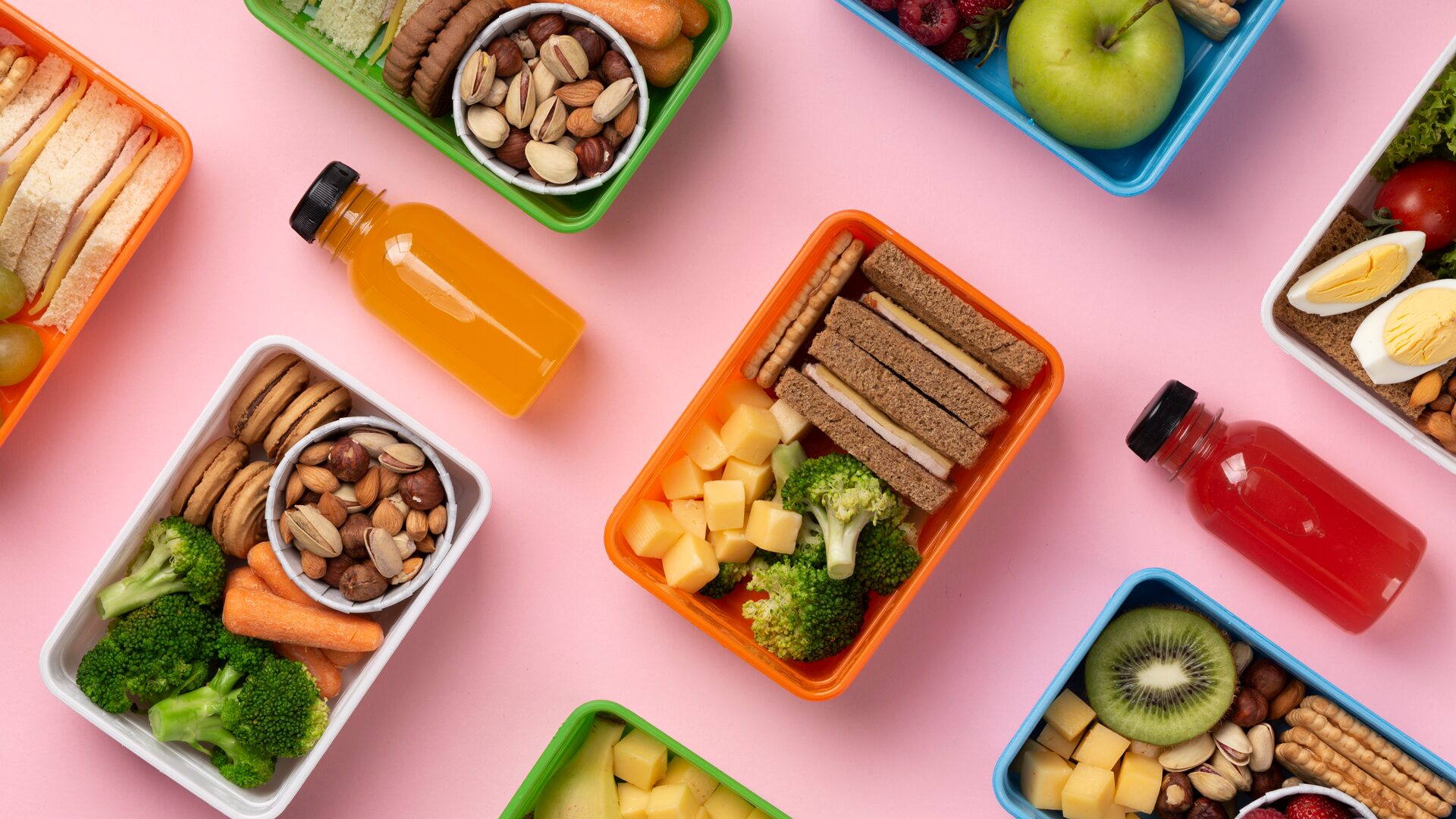In March, Liquid Death announced “triple-digit growth” for the third year in a row, earning $263 million in global sales at 113,000 U.S. and U.K. retail outlets.
But despite the canned water brand turning millions of heads in recent years with its irreverent marketing campaigns, it’s by no means the first brand to adopt such an approach.
Death Wish Coffee has been at it since 2012, cutting its teeth as a small coffee shop in Saratoga Springs, New York before transitioning to primarily focus on online sales. And eight years ago, the coffee company became the smallest business to ever have a Super Bowl commercial after winning Intuit’s “Small Business, Big Game” contest.
The phenomenon points to a widespread shift toward shock value.
So, what’s been driving it?
“Killing it” in an Oversaturated Market
When a market is as oversaturated as it is for bottled water, capturing the attention of consumers is imperative — and subverting their expectations is an effective way to do so. Just ask Liquid Death.
“So much of the branding in the bottled water category has revolved around the purity of the water, superior levels of hydration, etc. Liquid Death took off because it subverted all the tropes of bottled water marketing that we’re familiar with,” said CEO Mike Cessario.
The brand has pranked taste-testers with disgustingly expensive drinks, gone head to head with zombies, and called on the masses to “keep the underworld beautiful.” And it’s working.
Liquid Death’s widespread appeal has even surprised its creators, who report that hundreds of parents have told them they were finally able to get their kids to drink water because it looked like a forbidden product due to the branding.
Letting the Chips Fall Where They May
Leaning into the gallows humor is one thing when you sell water, but it’s a whole other animal when you sell some of the spiciest chips in the world.
After several successful yet painful years of Paqui’s One-Chip Challenge, a teenage kid died from it in 2023.
According to a Paqui spokesperson, the product’s label clearly warned that the challenge was intended for adults only.
“We saw increased reports of teens and other individuals not heeding these warnings. As a result, while the product adhered to food safety standards, out of an abundance of caution, we worked with retailers to voluntarily remove the product from shelves in September 2023,” they said, adding that the challenge has been officially discontinued.
Winning Over Gen Z
Challenges like the One-Chip Challenge typically go viral on social media platforms like TikTok, which is the indisputable favorite of Gen Z — a generation often described as being immune to traditional marketing strategies.
And considering that the Gen Z market wields $360 billion in purchasing power, they aren’t to be overlooked.
Despite the tragic outcome of the One-Chip Challenge, this demographic remains utterly obsessed with spicy snacks. Takis is well aware of this phenomenon, as seen in this electrifying ad, as well as this one for parents of Gen Zers.
Moving Toward Spicier, Bolder Flavors
Gen Zers aren’t the only ones with an appetite for masochism of the spicy variety. Per Circana, dollar sales for food and beverages with “spicy” in the description have increased by 9% year over year.
According to Pepsico, North American shoppers made nearly 400 million trips to purchase Flamin’ Hot products in 2023, up 31% from the previous year, and their top competitor is also capitalizing on the trend with their launch of Coca-Cola Spiced.
In addition, crushed Doritos Dinamita chips are being reframed as a swicy popsicle topping, as well as a pickling ingredient, and other face-melting products are hitting the market as well — from Blue Diamond’s Xtreme Carolina Reaper Almonds to Sonoran Spice Company’s Trinidad Scorpion Spicy Candy Gumballs.
Whether the recent prevalence in shock value is driven by widespread desensitization to marketing or a reflection of post-pandemic cultural anxiety, this darker and edgier approach is having a moment that will likely stick around for a while.
The Food Institute Podcast
Restaurant results for the second quarter weren’t stellar, but people still need to eat. Are they turning to their refrigerators, or are restaurants still on the menu for consumers? Circana Senior Vice President David Portalatin joined The Food Institute Podcast to discuss the makeup of the current restaurant customer amid a rising trend of home-centricity.


